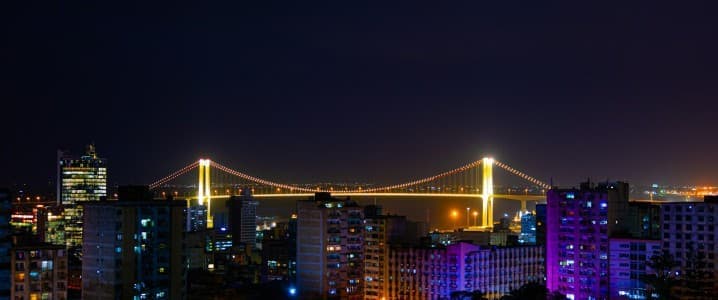Italian energy services group Saipem expects construction of the $20-billion Mozambique LNG project to restart by the end of the summer after being under force majeure for four years, Saipem’s CEO Alessandro Puliti said on Thursday.
The $20-billion LNG export project in Mozambique led by French supermajor TotalEnergies was halted in 2021 due to a deteriorated security situation and has been under force majeure ever since.
In 2021, following Islamist militant attacks in towns close to the site, TotalEnergies suspended works on the project, which was Africa’s largest foreign investment when announced.
The project site is close to the town of Palma in the Cabo Delgado province, where Islamic State-affiliated militants have been active for a few years. In the spring of 2021, Islamic State-affiliated militants raided the town of Palma in attacks that left dozens of people killed.
Since 2021, TotalEnergies has waited for several conditions to be met to take a positive decision on resuming work on the project. The goal to achieve first LNG production has slipped, first to 2027, and later, to 2029.
Initially, works on the Mozambique LNG project were set to restart by the end of 2024.
But plans slipped amid a disputed presidential election in Mozambique at the end of 2024, continued violence, and concerns about the security situation.
Now the main engineering contractor, Saipem, is confident the project would go ahead by the end of the summer.
“The restart is made of a progression of activities that will take place this summer … lifting the force majeure is one of these steps,” Puliti said today, as carried by Reuters.
“Much of the equipment needed for the project is transported to the site where the LNG plant is being built by sea for logistical rather than security reasons,” the executive added.
TotalEnergies CEO Patrick Pouyanne has also expressed optimism that Mozambique LNG could restart by summer’s end, saying in June the project should resume construction “this summer.”
By Charles Kennedy for Oilprice.com
More Top Reads From Oilprice.com:

